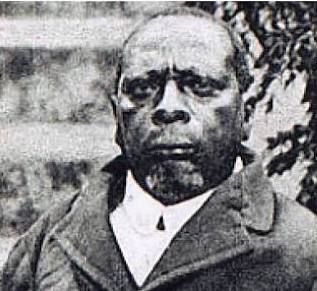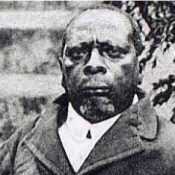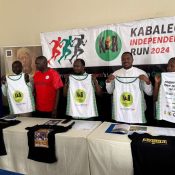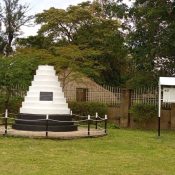Introduction
Uganda’s journey to sovereignty and self-determination was shaped by a tapestry of resistance movements and alliances that spanned across the region. Among the most prominent figures in this struggle was Omukama Cwa II Kabalega of Bunyoro-Kitara, who exemplified steadfast resistance against colonial forces. Alongside him, other key figures such as Chief Awich of Lango and Kabaka Mwanga II of Buganda played significant roles in Uganda’s pre-colonial resistance. This article explores their contributions, including the complex dynamics of collaboration and resistance, and highlights their impact on Uganda’s path to independence.
Omukama Cwa II Kabalega: Defender of Bunyoro-Kitara
Omukama Cwa II Kabalega ruled Bunyoro-Kitara from 1869 to 1899 and is celebrated for his resolute resistance against colonial powers. His reign was marked by efforts to protect Bunyoro-Kitara from both Egyptian and British encroachments. In 1877, Kabalega rejected the proposal of Egyptian Governor Emin Pasha to incorporate Bunyoro into the Egyptian province of Equatoria. His military and diplomatic strategies against the British demonstrated his commitment to preserving his kingdom’s sovereignty.
Kabaka Mwanga II: Initial Collaboration and Later Resistance
King Mwanga II of Buganda, who reigned from 1884 to 1897, had a complex relationship with British colonialists. Initially, Mwanga collaborated with the British against Bunyoro-Kitara in an effort to strengthen his own position. This collaboration was driven by strategic considerations as Mwanga sought to secure his kingdom’s interests amidst growing colonial influence. However, as British control over Buganda expanded, Mwanga’s stance shifted. He became a fierce opponent of colonial rule and attempted to reclaim Buganda’s autonomy through various forms of resistance, including armed rebellion.
Chief Awich of Lango: Protector and Resister
Chief Awich of Lango emerged as a key figure in the resistance against colonial encroachment. In a notable episode of Uganda’s pre-colonial struggle, Chief Awich played a crucial role in protecting both Omukama Cwa II Kabalega and Kabaka Mwanga II. Following their flight from British forces, Kabalega and Mwanga sought refuge in the Lango region under Awich’s protection. Chief Awich provided a sanctuary where the two leaders could regroup and remobilize their efforts against the colonial forces.
Despite Awich’s efforts to shield them, the situation eventually led to their capture. In early 1899, after a series of tactical retreats and skirmishes, Kabalega and Mwanga were apprehended by British forces in Dokolo. Their capture marked a significant turning point in the colonial conquest of Uganda, but it also highlighted the resilience and complexity of the resistance movements.
The Role of Local Resistance Movements
Beyond the prominent monarchs, numerous local resistance movements and leaders across Uganda also played vital roles in the pre-colonial struggle against colonialism. Communities and local leaders across the regions of Acholi, Ankole, Kigezi, and Karamoja engaged in various forms of resistance, from armed uprisings to diplomatic negotiations, to defend their lands and maintain their autonomy.
The Broader Impact of Pre-Colonial Resistance
The resistance efforts of figures like Omukama Kabalega, Chief Awich, and King Mwanga II, along with numerous local leaders and communities, were instrumental in shaping Uganda’s independence movement. Their collective struggles against colonial encroachment reflect a diverse array of resistance strategies, from military confrontations to diplomatic negotiations and strategic alliances.
These leaders not only resisted colonial domination but also navigated the intricate political landscape of their time. Their legacies underscore the courage and determination of the Ugandan people in their quest for self-governance and sovereignty.
Uganda’s pre-colonial journey to independence was marked by the courageous efforts of various leaders and resistance movements. Omukama Cwa II Kabalega’s steadfast defense of Bunyoro-Kitara, Chief Awich’s protective role in Lango, and King Mwanga II’s complex relationship with colonial powers represent significant aspects of Uganda’s struggle for sovereignty. . Their stories are a testament to the resilience and determination of the Ugandan people in their quest for self-governance.




